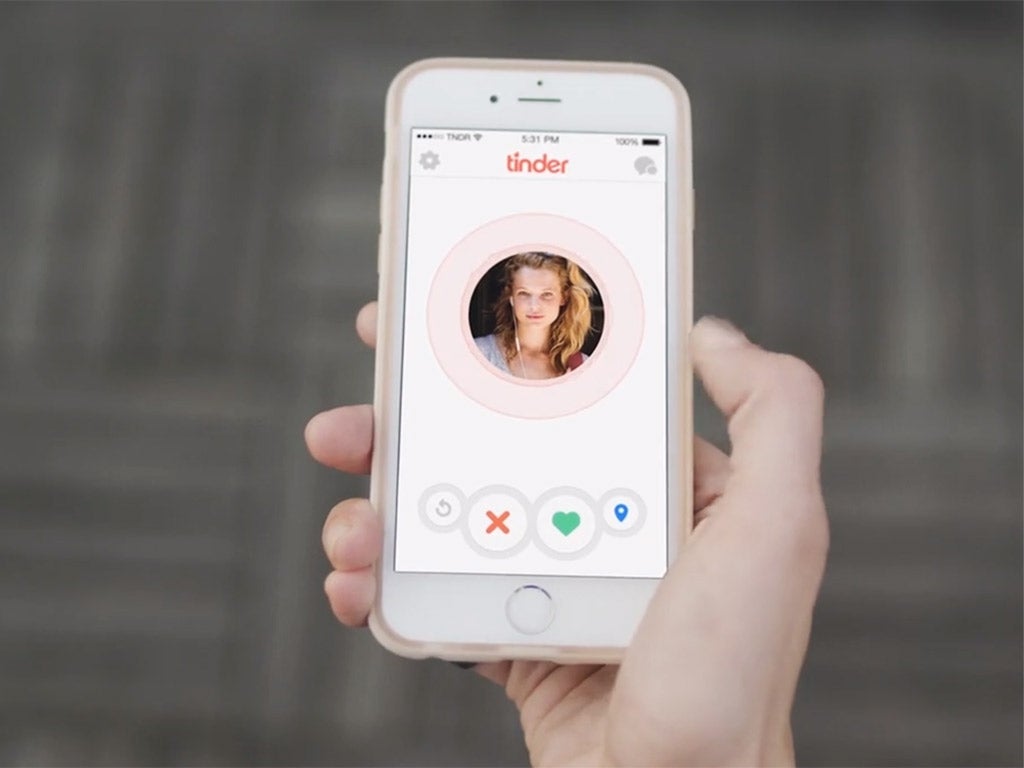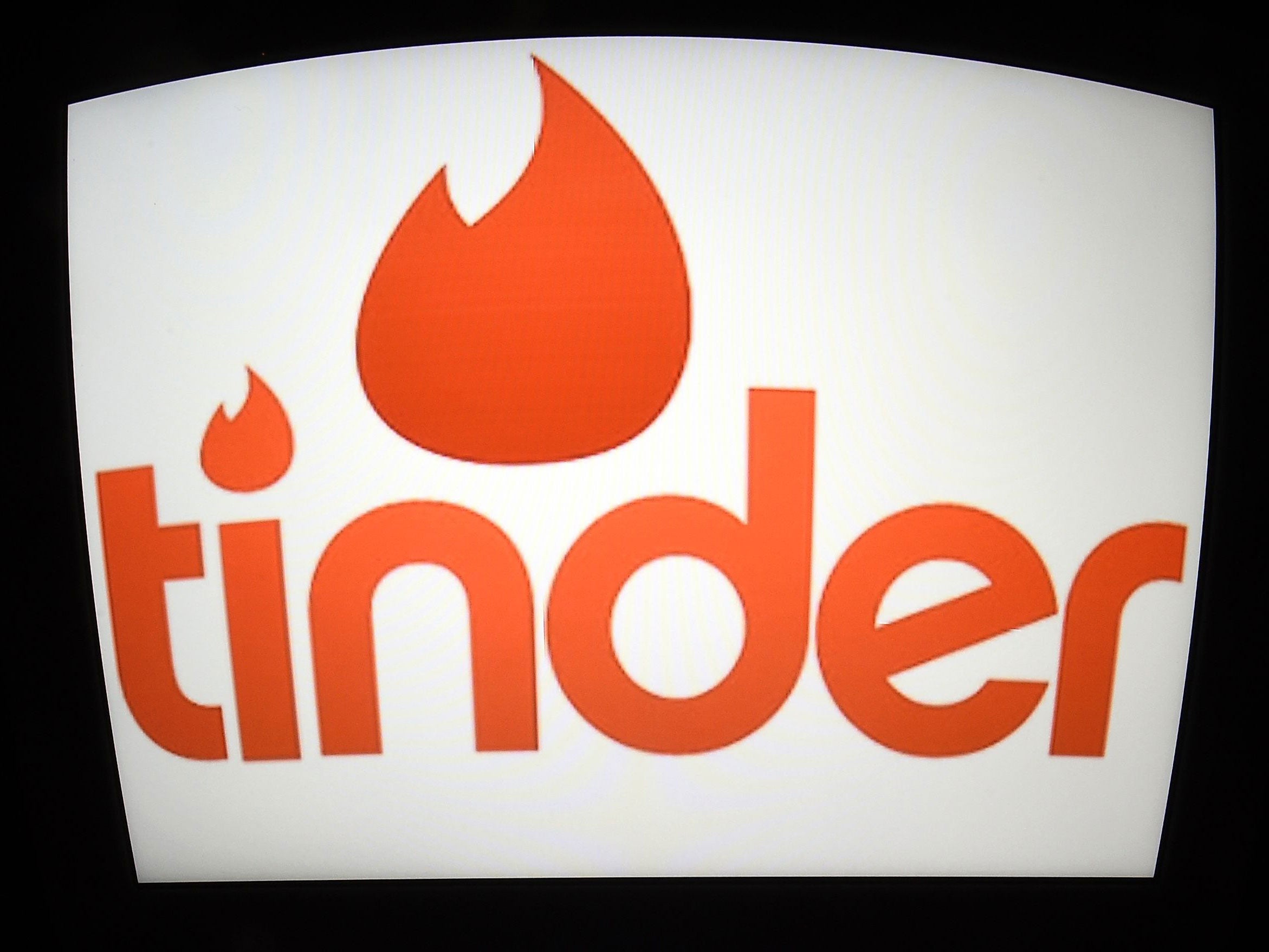Man swipes right on 200,000 women on Tinder, with little success
By the end, he was single, $6,000 poorer, and profoundly exhausted

Your support helps us to tell the story
From reproductive rights to climate change to Big Tech, The Independent is on the ground when the story is developing. Whether it's investigating the financials of Elon Musk's pro-Trump PAC or producing our latest documentary, 'The A Word', which shines a light on the American women fighting for reproductive rights, we know how important it is to parse out the facts from the messaging.
At such a critical moment in US history, we need reporters on the ground. Your donation allows us to keep sending journalists to speak to both sides of the story.
The Independent is trusted by Americans across the entire political spectrum. And unlike many other quality news outlets, we choose not to lock Americans out of our reporting and analysis with paywalls. We believe quality journalism should be available to everyone, paid for by those who can afford it.
Your support makes all the difference.There are roughly 3.4 million women in the San Francisco Bay area, and Sebastian Stadil has swiped right on 203,000 of them.
Mathematically speaking, that means Stadil — or, more accurately, a piece of software he built to swipe and message for him — has approached roughly 6 percent of San Francisco’s total female population.
And yet, despite all those messages, all those swipes, all those carefully plotted lines of code … Stadil has nothing to show for it.
“Yeah,” sighed the 31-year-old software engineer. "I am still single."
Stadil is not, to be clear, some kind of Tinder mega-player: On the contrary, he had just gotten out of a serious relationship when he joined the site, and he joined to find his next serious girlfriend. But when he looked at his low match rates — the average guy’s is just .6 percent — he despaired that no amount of manual swiping would generate enough matches to really find anyone.
So, last summer, he built an application to automate the process: swipe right on prospective matches; schedule coffee dates with those who responded; even compile the women’s answers, with their pictures, phone numbers and profile information, into a daily email for him to skim. He didn’t go out with every woman who swiped right, but he did, over the course of the summer, go on first dates with 150 of them.
By the end, he was single, $6,000 poorer, and profoundly exhausted.
Stadil’s experience — more than an excellent plotline for a rom-com, Hollywood please call him — runs counter pretty much everything we think we know about how online dating works for straight men. It’s a “numbers game.” A lottery. A volume business. A system that, while it does statistically favor women, will eventually reward its spammiest and most prolific male users.
And yet, stories such as Stadil’s would seem to suggest that the odds straight men face in the Tinder “numbers game” are even longer than anyone thought. Not long before Stadil published an essay about his experience, researchers published the first paper to quantify how Tinder use differs by gender. That study, which my colleague Jeff Guo wrote about last week, found that because women are vastly more selective with their right-swipes, men have to engage a lot more women to get the same number of matches.
In fact, to get the same number of dating opportunities as a straight woman does, a straight guy would have to swipe right on almost 18 times as many profiles as she did.
It would be all too easy to blame this situation on Tinder, an app that has made finding a date easier than ordering a pizza. But even before Tinder — even before online dating — women were way more selective in choosing potential partners. In online profiles and personal ads, women tend to list more rules and requirements for the kind of guys they want to meet — roughly one and a half times as many, according to one 2005 study. Men are more likely to accept date invitations from strangers; they almost always send the opening email or message.
Anthropologists are split on this, but depending on whom you ask, the gap between male and female selectivity can be attributed to some mix of inherited, deep-seated social norms and hard-wired evolution. In other words, Tinder didn’t create the woes of Sebastian Stadil, or millions of men like him. But by allowing men to take this indiscriminate approach to its logical extremes, Tinder definitely may have heightened or exaggerated them. Meanwhile, ladies have to become even more selective to get through their inboxes.
Several apps have tried to disrupt this indeterminate feedback loop, with varying success. Bumble, the project of Tinder exile Whitney Wolfe, only allows women to make the first approach — effectively killing the dude mass-swipe spiral. Coffee Meets Bagel, a four-year-old women-founded app, shows each user only a limited, changing selection of matching profiles.
Last year, Tinder introduced new algorithms that would limit swiping among its most overactive members, requiring that they pay either $10 or $20 per month for the privilege of unlimited likes. The feature was billed as a means to cut down on spam, but Gareth Tyson, the lead author of that recent Tinder study, sees an alternative explanation.

“This rationing is intended to make people more frugal and discerning in their liking strategies,” Tyson said. By “people,” of course, he actually means straight men.
Tyson can’t say for sure what the best Tinder strategy for those men is. But in an environment where women get tons of cursory messages from tons of ill-suited guys, he reasons, the one who stands out should be the one who wins. Part of that is developing a quality profile with a range of pictures and a fleshed-out biography. (Both of those things impacted swipe-rate in Tyson’s study.) Part of that is also sending opening messages that contain more than “hello” or “hey,” which make up a quarter of all Tinder openings.
“You want to immediately differentiate yourself with a cool and interesting conversation opener,” Tyson said. “Ideally, this would be personalized.” That doesn’t lend itself to Tinder spam.
Stadil, for one, has learned his lesson — although he doesn’t consider his experiment a total failure. Of the 150 first dates, 52 became seconds; 17 became thirds. Stadil did fall pretty hard for one woman in particular: a fellow software engineer who worked at Google. Unlike him, however, the engineer wasn’t looking for anything serious. That’s the sort of miscommunication Stadil hopes to avoid with his next attempt, in which — rather than date strangers at scale — he’s going to look for personal recommendation from friends and friends of friends.
That doesn’t mean he’s planning to publish the code for his Tinder bot, mind you. Even with this new approach, the numbers don’t favor him.
“My friends have suggested I sell it as a product,” Stadil said with a laugh. “But I don’t want to arm the competition.”
Copyright: Washington Post
Join our commenting forum
Join thought-provoking conversations, follow other Independent readers and see their replies
Comments